Craig Snoeyink
Effect of structure-based training on 3D localization precision and quality
Sep 29, 2023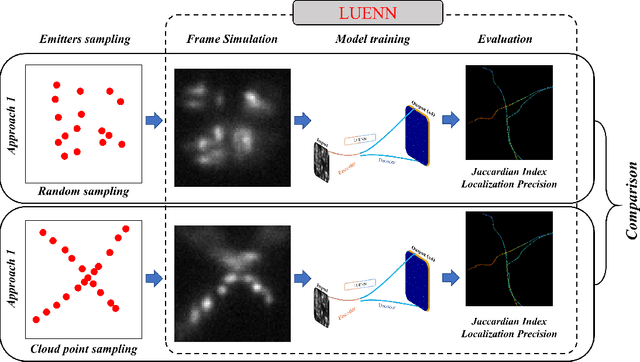
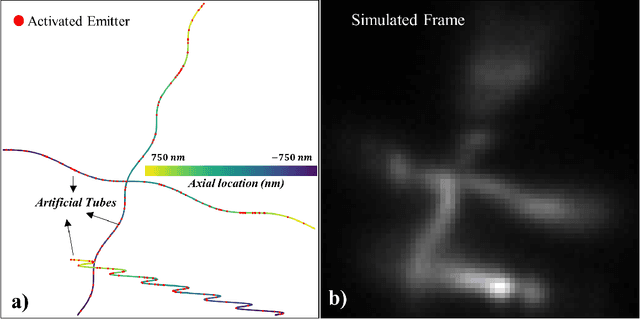
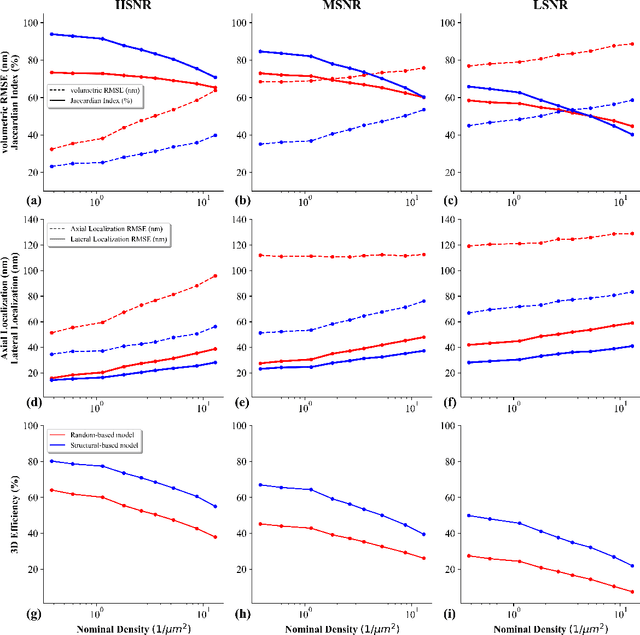
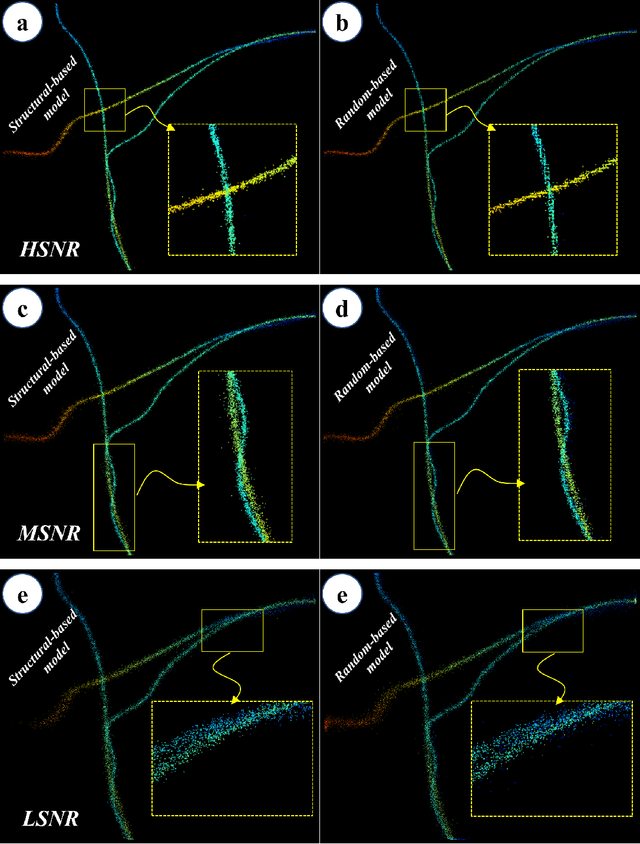
Abstract:This study introduces a structural-based training approach for CNN-based algorithms in single-molecule localization microscopy (SMLM) and 3D object reconstruction. We compare this approach with the traditional random-based training method, utilizing the LUENN package as our AI pipeline. The quantitative evaluation demonstrates significant improvements in detection rate and localization precision with the structural-based training approach, particularly in varying signal-to-noise ratios (SNRs). Moreover, the method effectively removes checkerboard artifacts, ensuring more accurate 3D reconstructions. Our findings highlight the potential of the structural-based training approach to advance super-resolution microscopy and deepen our understanding of complex biological systems at the nanoscale.
Localization of Ultra-dense Emitters with Neural Networks
May 07, 2023Abstract:Single-Molecule Localization Microscopy (SMLM) has expanded our ability to visualize subcellular structures but is limited in its temporal resolution. Increasing emitter density will improve temporal resolution, but current analysis algorithms struggle as emitter images significantly overlap. Here we present a deep convolutional neural network called LUENN which utilizes a unique architecture that rejects the isolated emitter assumption; it can smoothly accommodate emitters that range from completely isolated to co-located. This architecture, alongside an accurate estimator of location uncertainty, extends the range of usable emitter densities by a factor of 6 to over 31 emitters per micrometer-squared with reduced penalty to localization precision and improved temporal resolution. Apart from providing uncertainty estimation, the algorithm improves usability in laboratories by reducing imaging times and easing requirements for successful experiments.
Fast Fourier Transformation for Optimizing Convolutional Neural Networks in Object Recognition
Oct 08, 2020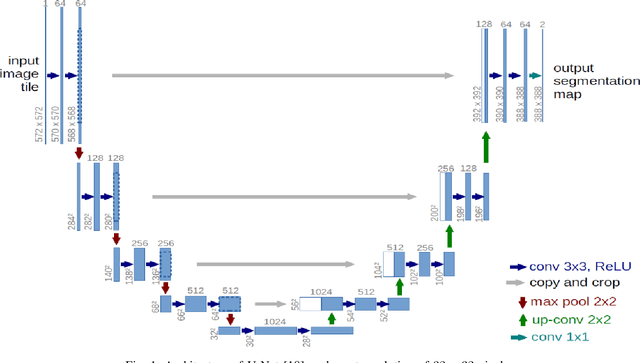
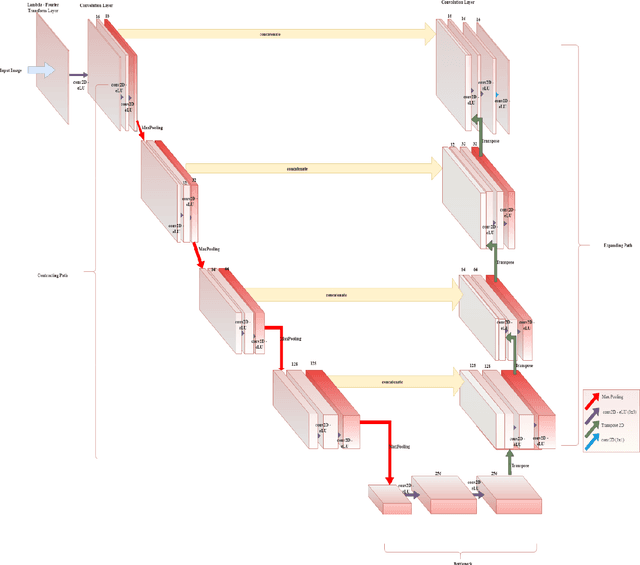
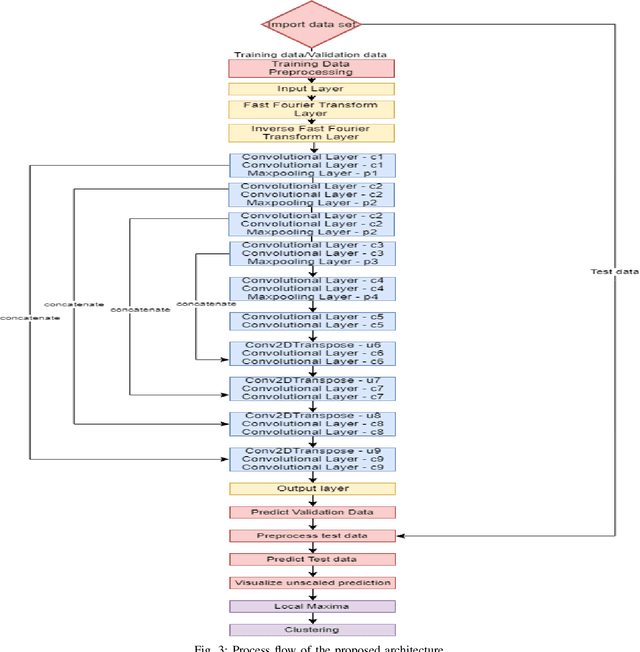
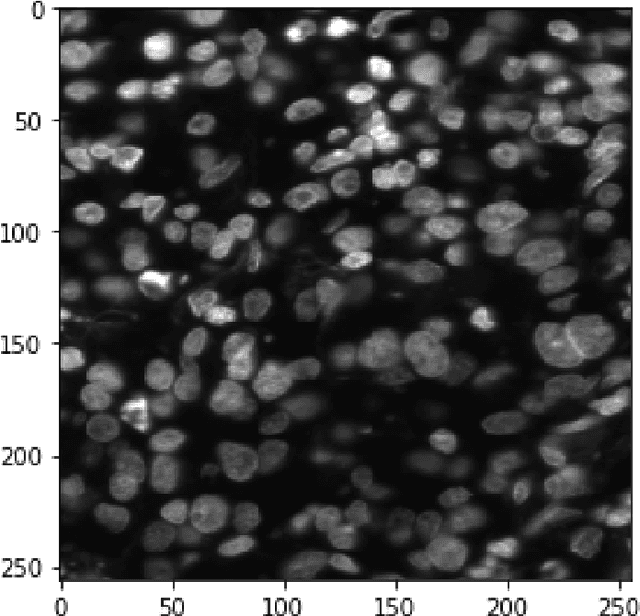
Abstract:This paper proposes to use Fast Fourier Transformation-based U-Net (a refined fully convolutional networks) and perform image convolution in neural networks. Leveraging the Fast Fourier Transformation, it reduces the image convolution costs involved in the Convolutional Neural Networks (CNNs) and thus reduces the overall computational costs. The proposed model identifies the object information from the images. We apply the Fast Fourier transform algorithm on an image data set to obtain more accessible information about the image data, before segmenting them through the U-Net architecture. More specifically, we implement the FFT-based convolutional neural network to improve the training time of the network. The proposed approach was applied to publicly available Broad Bioimage Benchmark Collection (BBBC) dataset. Our model demonstrated improvement in training time during convolution from $600-700$ ms/step to $400-500$ ms/step. We evaluated the accuracy of our model using Intersection over Union (IoU) metric showing significant improvements.
 Add to Chrome
Add to Chrome Add to Firefox
Add to Firefox Add to Edge
Add to Edge